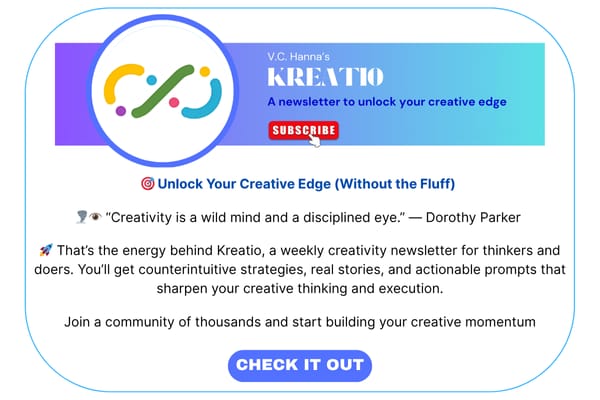- LessonsLearned
- Posts
- A window that makes drinking water
A window that makes drinking water
Squeezing a glass of water out of the driest desert air

TL;DR: A one-metre, fold-out hydrogel panel field-tested in Death Valley soaked up humidity at night and condensed as much as 162 mL of potable water in the morning; all done passively without external power or batteries.
reading time: 3 minutes
That’s exactly what a team led by MIT’s Xuanhe Zhao built and tested in the Death Valley, the driest spot in North America. Their “Atmospheric Water-Harvesting Window” (AWHW) is a one-metre-long pane whose core is a vertical sheet of hydrogel (in plain terms: it’s a atmospheric water harvesting device). In ten hours of desert sunlight, it produced 57 mL of potable water at only 21% relative humidity (RH), and up to 162 mL when RH was 88% at night.
Why it matters
We all know that water scarcity is a problem. More than 2.2 billion people already lack safe drinking water and that number could hit 5 billion by 2050. 😔 Conventional atmospheric water gadgets rely on energy-intensive chiller or exotic metal-organic frameworks that are expensive and challenging to scale. The upside with this AWHW is it’s fully passive; no electricity, no fans, no nothing. It’s just there standing in the middle of a desert.
You stick it in the sun and it just runs; absorbing moisture at night, release and condensing it after dawn.
This week’s post is proudly supported by KREATIO.
How did they do it?
The magic material is a super-stable hydrogel. Hydrogel loves soaking up water, but the issue with conventional hydrogels is the usual salt additive (lithium chloride) leaches out and contaminates the harvest, making the whole thing useless.
This time, the MIT researchers used three ingredients:
Poly-vinyl alcohol
LiCl
Glycerol
and turned them into a non-porous matrix that keeps the lithium ions locked inside when the gel swells and shrinks hundreds of times. When they tested contamination levels, results confirmed that water harvested from the AWHW contained less than 0.06 ppm of Li+, which is safely below US EPA limits. And after 340 lab cycles, the gel still captured 90% of its original water charge.
Instead of having a flat sheet gel, this gel is cast in a dome-shaped origami array. When it swells at night, each “bubble” pops out and triples the surface area, which speeds up both absorption and desorption of moisture. Under one-sun illumination the origami design evaporated 120% faster than a conventional flat gel. Additionally, the panel stands upright and exposes both faces to the air! Even more surface area!
Referring to the image above, the hydrogel is sandwiched between two low-iron glass with a transparent radiative-cooling film. Sunlight enters through the glass to heat the gel, but mid-infrared heat from the condensing surface can radiate straight to the cold sky (ambient temperature), which drops the glass temperature by about 1°C. Beneath it, an aluminium frame acts as a heat sink so vapour re-liquefies rapidly.
Data from the research paper shows that peak gel temperature hit 79°C, the interior stayed below 42°C, and condensation kept dripping into a graduated cylinder (image g above).
Enjoying this? Forward it to one friend who’s into climate tech.
How big of a deal is this?
Below is a summary of their performance in numbers
Metric | Low RH (21%) | High RH (88%) |
|---|---|---|
Water captured overnight | 106 g | 211 g |
Water collected next day | 57 mL | 162 mL |
Thermal efficiency | 9.3% | 26.4% |
Payback vs. bottled water* | 25 days | 9 days |
*Assumes US $2 per litre bottled-water cost and their current prototyping pricing.
A single adult needs around 5 L drinking water per day. So in the harshest low RH desert, you’d need about 15 metres square of panels (eight window units, each a metre high).
Now for perspective, the best previous passive hydrogel harvesters managed to only produce a few millilitres a day at similar humidity levels. So hitting the decilitre scale passively + safe water chemistry is a legitimate benchmark for this field.
What happens next?
A few things.
Scale and cost: The gel is built from commodity chemicals which are relatively cheap, but the aluminium frame and coated glass are expensive. Researchers aim to manufacture this module at below US $50 per metre square.
Longevity: The test was done in a 1-year period, so multi-year tests are needed to be done.
Integration (A BIG ONE): To prove its socio-economic benefits, the module has to be integrated with other public establishments like rural clinics, refugee camps, off-grid emergency shelters, and the like.
Production: Obvious - more water is needed to be produced on a single night.
This breakthrough is not only scientifically remarkable, but it could also be turned into a startup venture especially because of the TAM it serves.
That’s all for this week. See you next Saturday for a surprise content 🤫
With love,
Krish

Reply